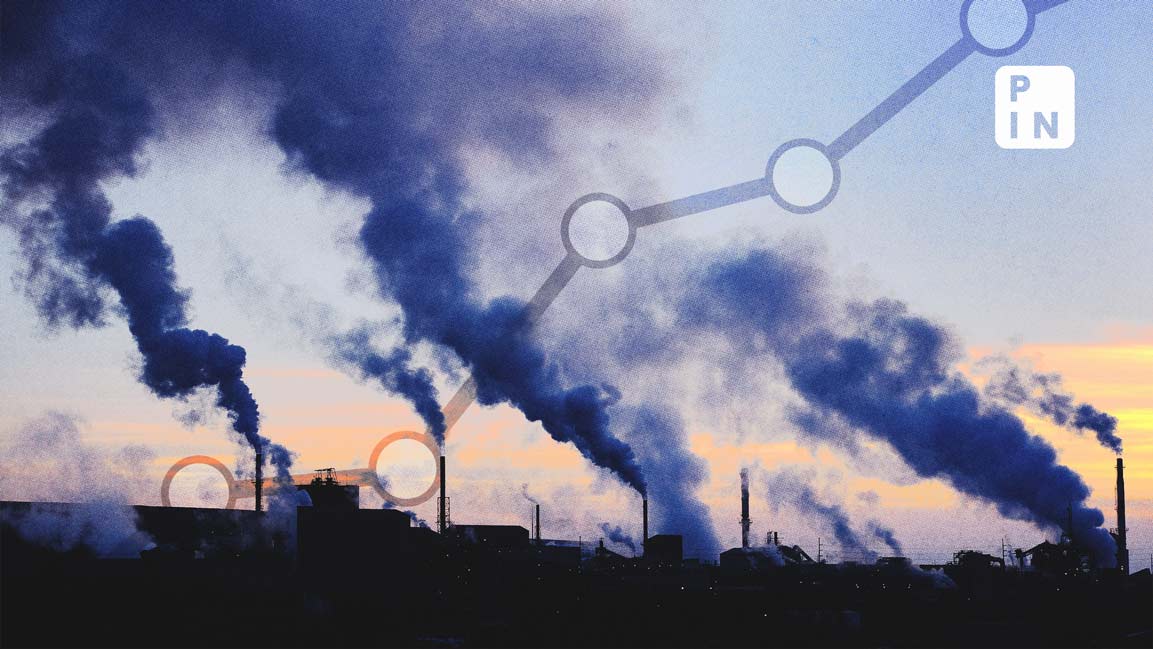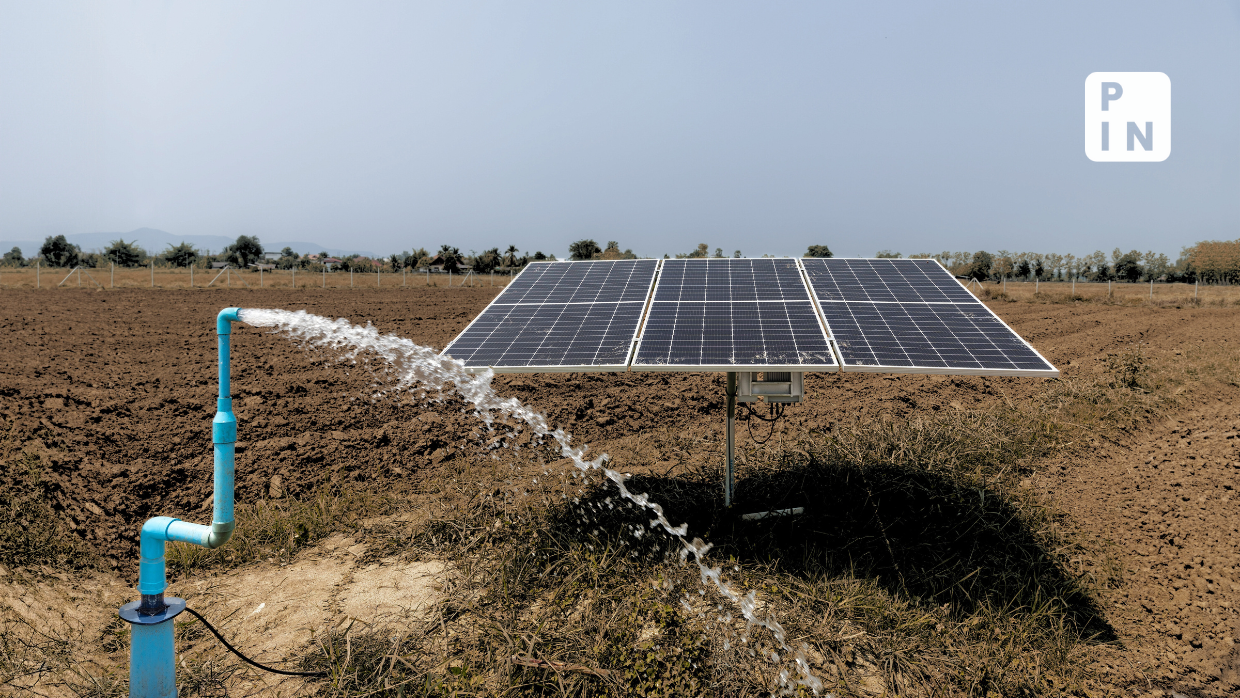- | 6:00 pm
Man-made climate change caused India’s heatwave, report finds
A combination of global warming and population growth in already-warm cities in regions like India major driver for increased heat exposure, says study

As global warming significantly contributed to the rise in frequency and intensity of heatwaves across India, the report made a link between this heatwave and manmade climate change, owing to urbanization that acts as a heat trap within cities, creating areas within cities where temperatures are even higher.
“The combination of global warming and population growth in already-warm cities in regions like India is a major driver for increased heat exposure, with urban heat islands elevating temperatures within cities relative to their surroundings,” said the report.
The analysis also showed that climate change was responsible for making these extreme heat events 30 times more likely to occur.
The heatwaves in May were also at least 1.5°C hotter than the warmest heatwaves previously observed in the country, while also occurring outside the typical summer season, further exacerbating the impact.
The report also identified northern states like Rajasthan, Andhra Pradesh, and Odisha as hotspots, suggesting that the heatwave did not have an equal impact on all the regions.
“In India specifically, the frequency and duration of heatwaves have increased, associated with Indian Ocean basin-wide warming and frequent El Ninos, leading to severe impacts on agriculture and human discomfort,” said the report.
With global temperatures rising, heatwaves in South Asia are expected to become more intense and frequent, more so if the average temperature surpasses the critical 1.5°C threshold.










